Everyone wants a clean home. But using harsh chemicals to create a “clean” environment can often be counter-productive, adding more toxins to the air and the surfaces of your home. Instead, we offer these green home cleaning tips to give you a clean and green home.
Green Cleaning Tips
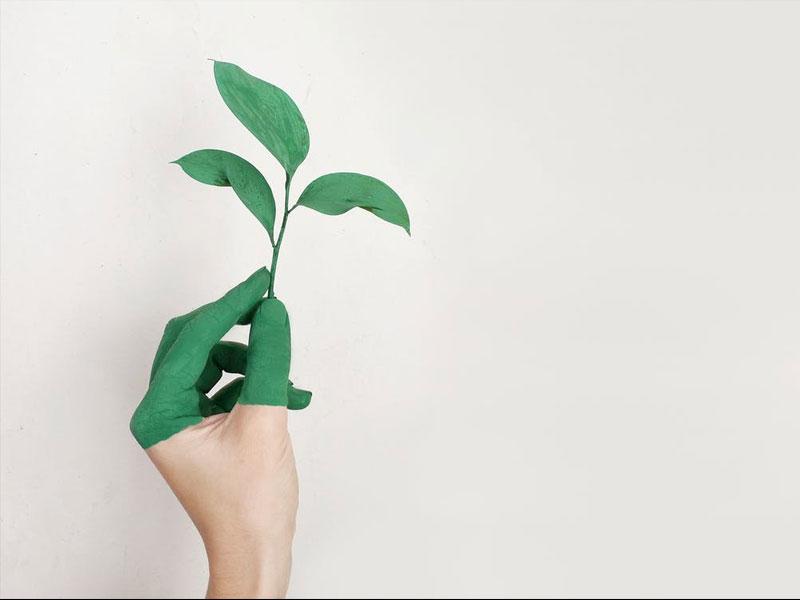
Green home cleaning includes a variety of ways that you can clean your home while avoiding harmful cleaning practices, including:
- Using natural and Eco friendly alternatives to harsh cleaning chemicals
- Reducing waste by using washable clothes and sponges instead of paper towels
- Re-using or recycling cleaning solution containers
- Cleaning by harnessing the power of water & steam
These easy and effective green cleaning tips help you make small changes to how you clean your home that can a big impact on your home, your indoor air quality, and on the planet itself.
DIY Natural Alternative Cleaners
Vinegar

Cleaning with vinegar is inexpensive, natural, and tough on bacteria, mildew, and dirt.
A 50-50 mix of white vinegar and mater can be used to clean most surfaces in your house, including windows and mirrors. For areas that need significant more disinfectant power, such as cutting boards, toilets, or laminate countertops, use straight vinegar and then rinse clean.
However, you should NOT use vinegar on natural stone such as granite or marble. Vinegar is too acidic and can dull the granite and weaken the sealant.
Lemon Juice
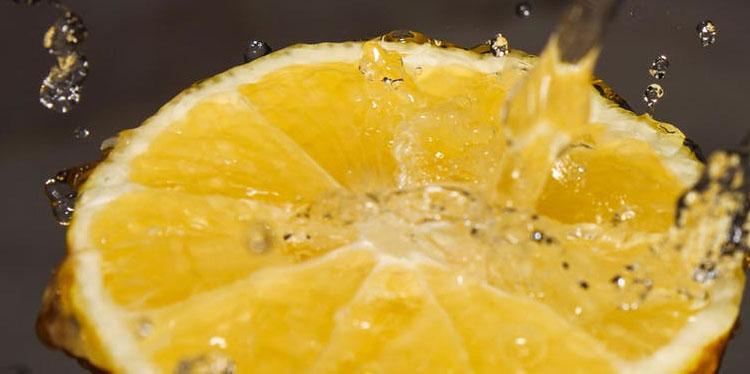
Loaded with citric acid, lemon juice makes a great natural cleaner because it has low pH and high antibacterial properties. It can work as well as vinegar for many applications, with a fresher and more pleasant scent.
Use half a lemon and some salt to clean real brass (not brass plated) items as well as other metal items such as copper and chrome, even the BBQ grills.
Lemon, used full strength, on cutting boards can remove stains and kill germs.
If you don’t like the smell of vinegar and water, you can also mix water with 3 tablespoons of water in a spray bottle and use that to clean your windows and mirrors.
You can even add a few drops of lemon juice to your everyday dish soap to boost its degreasing capabilities.
An easy and effective way to clean & deodorize your microwave requires ¾ cup of water & 2 tablespoons of lemon juice. Heat the mixture to boiling, allowing the steam to cover the sides. Let stand with the door closed for 10 minutes and then wipe away the food particles with a clean cloth.
However, lemon juice should NOT be used to clean natural stone (granite, marble, etc.) or items that are brass plated, as the acidity in lemon juice could damage the surface.
Baking Soda
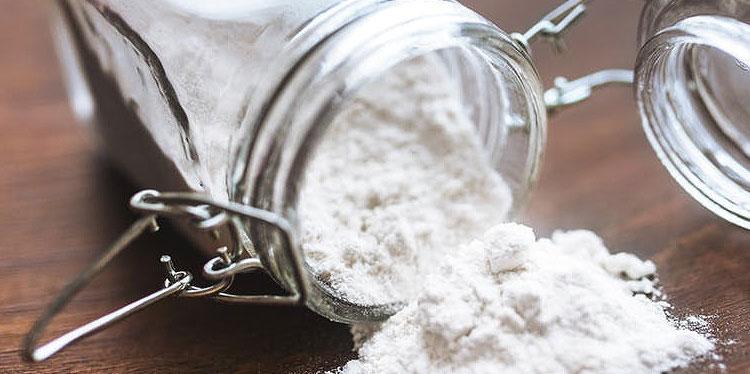
Most people know that putting an open box of baking soda in the refrigerator helps eliminate food odors, but the cleaning properties of baking soda go far, far beyond that.
Mixing baking soda and water gives you a heavy duty scrubbing cleanser that can be used on countertops, stainless steel sinks, range hoods, microwaves, and more.
Soak your reusable sponges in a mixture of baking soda and warm water to give them a boost of freshness.
Instead of using chemical heavy carpet or upholstery deodorizers, try sprinkling fabrics with baking soda. Let stand for 15 minutes and then vacuum up the baking soda and all of the odors that it absorbed.
And a damp sponge sprinkled with baking soda is a wonderful, natural alternative to chemically-laden “Magic Eraser” type cleaning sponges. This mixture works on walls, tubs, tiles, sinks, and even shower curtains.
Baking soda combine with vinegar provides both a cleaning and a “scrubbing bubbles” type effect due to the reaction the two have to each other. This mixture can be very handy for cleaning out hard to reach places such as bathroom drains.
Tea
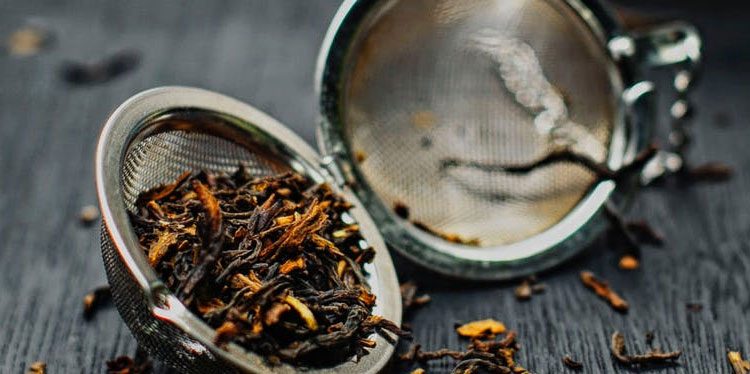
Tea is not just a drink with Jam & Bread. Tea can also make a very effective, natural cleanser. Cleaning with tea is simple, easy, and effective on many surfaces.
The the astringent nature of tea naturally cuts through grease and dust, while adding an touch of shine to hardwood floors and furniture.
Tea also has a great deodorizing ability. Dried loose tea leaves or steeped and dried tea bags can help absorb odors in carpets, refrigerators, and even smelly sneakers.
Drop used tea bags into the toilet bowl, allow them to sit for a few hours then, flush, brush the flush again. Caution is warned with this to not repeat too frequently, as tea can also leave stains of its own over time.
Similar to methods using Vinegar or Lemon, cold brewed tea can be placed in a spray bottle and used to make windows and mirrors shine.
Natural Soap
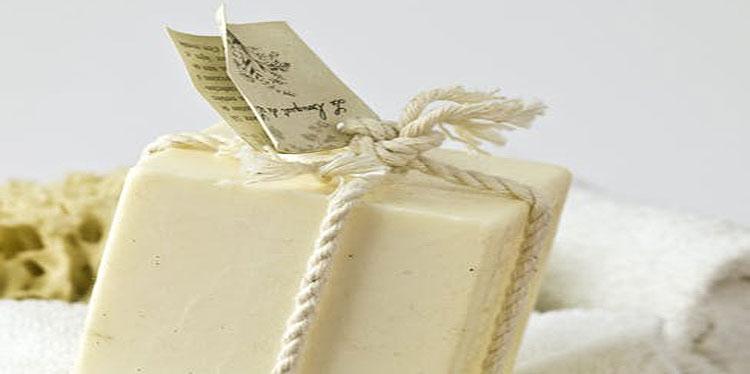
Natural Soaps, including Pure Castile Soap, are made with organic oils and other natural ingredients to provide the cleaning power without the chemicals.
They are often available in bar or liquid form, which can be applied in different ways to tackle many cleaning jobs around your home.
For floors, simply add 1/4 cup of liquid Castile soap to 2 gallons of warm water, and then mop away. For high-traffic flowers, or kitchen floors, you can add 1/4 cup distilled white vinegar to the bucket for extra cleaning power.
To clean leather upholstery, all you need are 2 drops liquid Castile soap for every quart of warm water. Apply to the leather with a barely moist sponge and buff until clean.
Borax
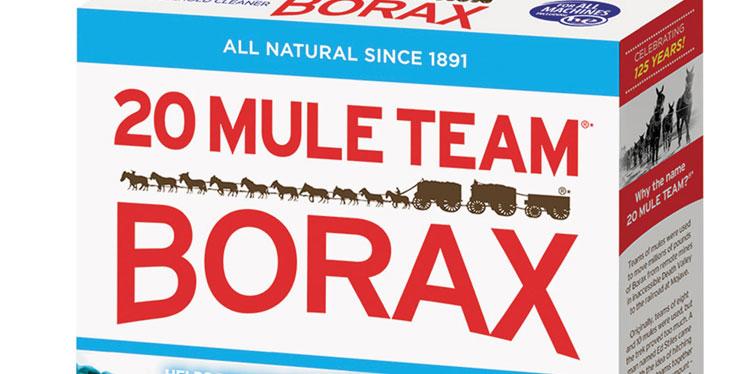
Borax is made from water, oxygen, sodium, and boron, and sodium—all natural ingredients that have been around for thousands of years and have been used in cleaning for over a century. These ingredients aren’t harmful to the environment, don’t accumulate in your body, and don’t absorb through your skin.
On its own or mixed with lemon, vinegar, or water Borax is a natural cleaning powerhouse that is safe for use on any surface, including tile, ceramic, slate, marble, granite, porcelain, and stainless steel.
Borax is high in alkaline, so it kills mold and fungus while simultaneously softening water and increasing its natural cleaning abilities.
As a general purpose cleaner for walls, trim, baseboards and countertops, simply mix 1/2 cup of borax in 1 gallon of hot water. Use a spray bottle to generously soak the area and then wipe down with a damp cloth.
You can also use borax & a damp sponge as a rubbing compound to clean pots and pans.
For touch stains, including hard water or rust stains in the toilet, simply pour about a cup of Borax into the bowl, scrub with the toilet brush, and then let it sit overnight. Scrub again in the morning and then flush it clean.
Salt
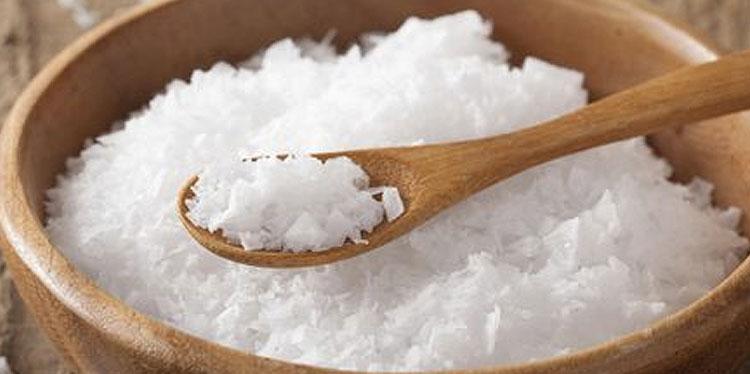
Sodium chloride is abundant in nature and is the salt most responsible for the salinity of the oceans, aka Salt Water.
There are a number of forms of salt produced for human consumption including Sea salt, Himalayan salt, iodized salt, and common table salt. Although the best salts for human consumption are unrefined salts, you can use any type of salt for cleaning.
Mixed 2 tablespoons of salt with hot water and pour it down the kitchen or bathroom sinks to deodorize them and keep grease from building up.
A light paste of salt & vegetable oil can be used to remove the white water rings left behind on wood surfaces by cold glasses or hot dishes.
Cast-iron pans can be cleaned naturally with a solid coating of and damp towel or sponge.
Mix salt with soda water and use the mixture to clean and deodorize the inside of your refrigerator.
And salt is known for it’s magical ability to tackle red wine spills. Simply blot up as much as possible with a dry cloth or paper towel (DO NOT RUB!) and then cover the remaining wine with a thick pile of salt. Let the salt sit for about 10 minutes and then clean up the spot.
If any wine remains, make a follow-up paste of 2 tablespoons white distilled vinegar and 1/4 cup of baking soda. Rub the mixture into the stained area on the carpet and allow it to dry before vacuuming.
Orange Tang
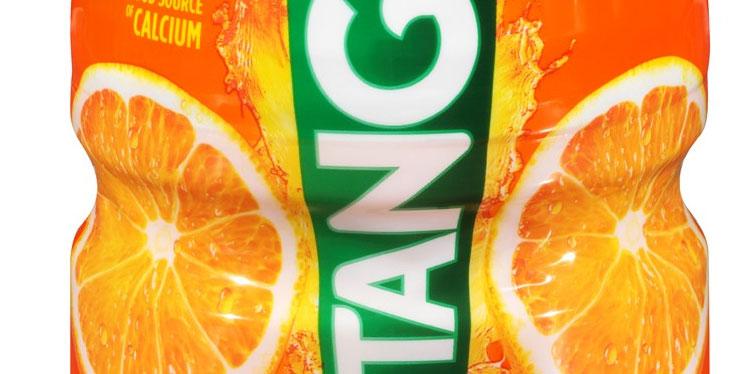
Tang may not be the healthiest drink in the world, but it does a dandy job at cleaning the inside of your dishwasher. Simply start up the empty dishwasher on a full cycle and get it running. Make sure it’s had enough time to get piping hot and to cover the insides with fresh, hot water.
Pause the dishwasher, open the door, and pour in 1/2 cup of Tang drink crystals. Restart the dishwasher and let it run the entire cycle.
For an added clean (if more is needed), when the cycle is completed add 4 cups of white vinegar and run the full cycle again.
This cleans the machine, can help reduce or eliminate stains inside the dishwasher, removes mineral deposits and freshens in the interior of your dishwasher.
And you thought Tang was just for astronauts!
|
All Natural, All Purpose Cleaner
|
Eco Friendly Cleaning Products
For those who are not ready, willing, or able to mix their own cleaning compounds at home, there are many commercially available, pre-mixed version that are considered to be far greener alternatives than your traditional household cleaners.
A few of the top Natural Cleaning Brands, that are approved by the Mother Nature Network, include:
We also quite like the philosophy behind the Better Life Brand. This product, which was featured on Shark Tank, is now available from Amazon.com.

Better Life takes great care to ensure that their natural cleaning products are free of unnecessary ingredients that pose health risks for people, pets, and the planet.
Beyond that, they’re even packaged in a responsible manner, using solar energy and recyclable & biodegradable materials.
Steam Cleaning
Steaming your floors and other hard surfaces floors will help remove and/or kill additional bacteria and other irritants with nothing but water.

Hard surface steam cleaners use the natural power of steam to clean and sanitize the floors. You don’t need cleaners or chemicals, just regular water. Most of these units will eliminate over 99% of household germs and bacteria that can collect on hard surfaces.
Reducing Cleaning Waste
Cleaning solutions are only part of the Eco Friendly equations when it comes to Green Cleaning.
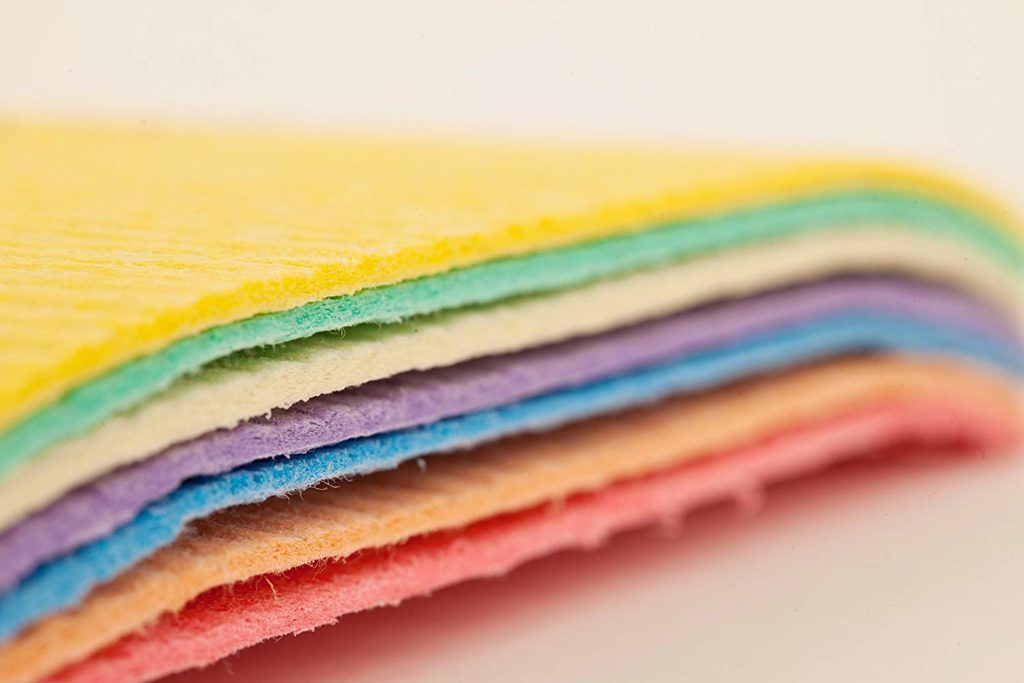
Using the right materials to clean with can also help significantly reduce waste and your impact on the environment.
Where possible, use reusable clothes or sponges instead of paper towel.
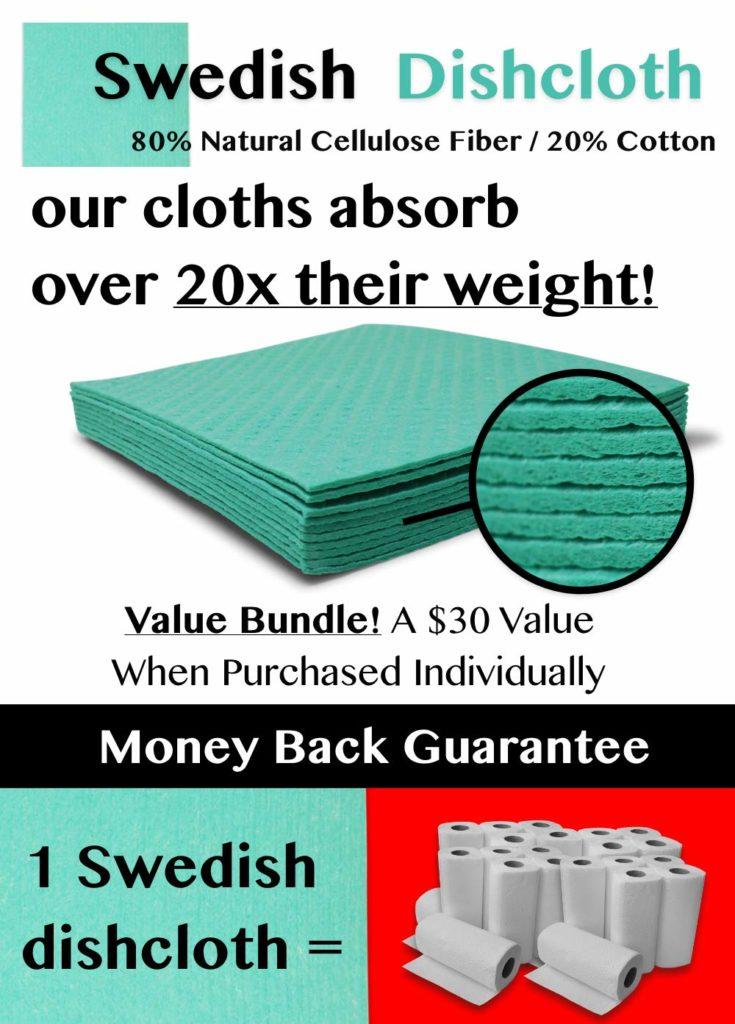
Swedish dishcloths combine the benefits of a traditional hand tea-towel with the super absorbency of a cellulose sponge, allowing them to absorb over 20x their weight.
In fact, a single Swedish Dishcloth can replace over 20 rolls of paper towels.
Soft to the touch when wet, gritty enough for scrubbing when dry makes the Swedish sponge cloth a fantastic, green option for cleaning the kitchen, bathrooms, and other areas of your home.
Composting Paper Towels
Many people ask if you can compost paper towels, and the answer is a qualified yes.
Most municipal composting programs will accept paper towels within the compost, and you can compost paper towels in your own home compost bin.
HOWEVER, once you’ve used the paper towels with any kind of chemical – especially bleach based cleaners – you should no longer put them into the compost bin as the chemicals themselves can negatively impact the composting process.
|
Quick Tip:
|
Quick Green Cleaning Tips for Key Areas of Your Home

- Toilet bowls: Use undiluted vinegar straight up to get rid of that annoying water ring and disinfect the toilet. The vinegar smell will go away once it dries. For an extra deep clean, put a cup of baking soda into the toilet and let it sit for an hour before adding the vinegar.
- Windows and Mirrors: Use a mix of lemon juice and water to clean glass areas. You can use vinegar or club soda instead of lemon juice.
- Garbage Disposal: Slice a lemon in half and put it down the garbage disposal and grind (with water running) for 10 seconds to clean and deodorize.
- Dishwasher: Put two cups of vinegar in a dishwasher safe bowl or jar and place it right side up on the top rack of the dishwasher. Run through on a hot cycle with no other dishes. The hot water will slowly fill and distribute the vinegar throughout the wash cycle and clean the inside of the dishwasher to clean and remove the musty odor.

- Hardwood floors: Mix one cup of olive oil and one-half cup of lemon juice for a hardwood floor polish.
- Grout: Mix together 1 part water with 3 parts baking soda and create a paste. Use an old toothbrush to apply to the grout, let it sit for 10 – 15 minutes and then scrub. Afterwards, remove with a damp sponge.
- Plastic Storage Containers: If you’ve ever had the issue of leftovers staining your Tupperware, try this trick! Simply make a paste by mixing warm water and baking soda and scrub the inside of the container with a sponge or cloth. For stubborn stains, soaking the containers overnight in a solution of four tablespoons of baking soda to each quart of warm water.
- Oven: Mix together water and baking soda to create a thick paste at the bottom of the oven Let stand for a few hours and then wipe clean with a damp sponge.
- Mattresses: To clean and deodorize a mattress, mix together distilled white vinegar, a splash of rubbing alcohol, and a dash of tea tree oil. Use a spray bottle to lightly spritz the mixture onto your mattress to help fight dust mites, mildew, and general odors. For a deeper clean, follow up by dusting the mattress with baking soda. Let it sit for 1 – 2 hours and then vacuum.

- Stuffed Animals: Give those beloved companions a quick refresh by placing them in a large plastic bag along with a cup of baking soda. Close the bag and shake well. Do this outside or in a carpeted area that could benefit from any possible baking soda spills. Let sit for 15 minutes, remove the stuffed animal from the bag and give it a quick vacuum to draw out the baking soda, soil, dust, and odors that have been shook loose.
Source Material and Additional Resources
- 19 Natural Cleaning Tips (+ Easy Recipes) | Wellness Mamma >> Open Link
- Clean Your House for Less Than $5 | Better Homes & Gardens >> Open Link
- 22 Cleaning Problems You Can Solve With Baking Soda | Good Housekeeping >> Open Link
- 66 All-Natural Cleaning Solutions | Real Simple >> Open Link















I always wait for your articles as they are so informative and effective. Thank you for always sharing the correct information. Keep posting.